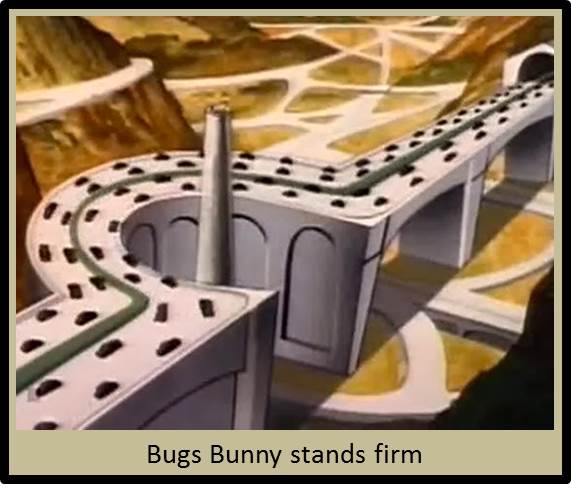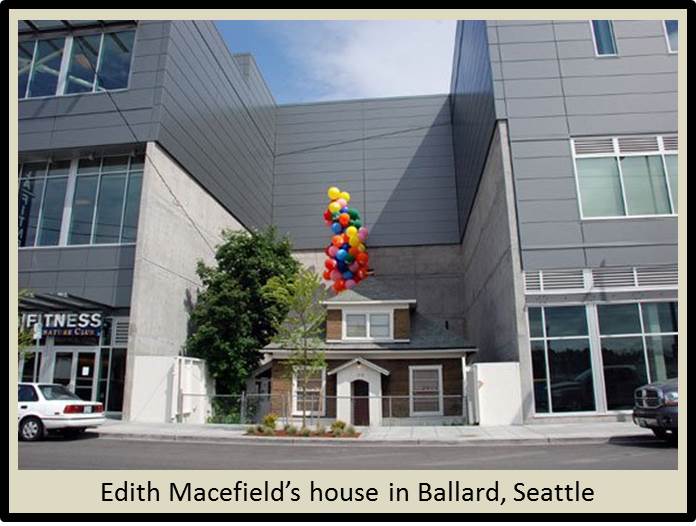THE TAKE AWAY
Nail Houses and the Strength of our Convictions
By Kersley Fitzgerald

Nail houses are somewhat common in China, since the fall of government-owned land has led to a clash of private ownership and community good. Perhaps the most famous (real-life) nail house was that in Chongqing . It rose thirty feet above the excavation for a mall with no electric or water until the owners finally settled. Sometimes utilities are the least of a nail house owner's problem. Cai Zhuxiang and Xhang Lianhao from Shenzhen (warning: language) were threatened by construction guards who cursed them and promised to kill them if they didn't sell. Since they sold several men have called, threatening to kill them if they don't hand over a significant part of their selling price. The government was no help, telling them that 98% of all nail house owners die in traffic accidents.

Others, like Edith Macefield and Carl Fredricksen of the animated movie Up hold onto their homes for more sentimental reasons. Money means little when you want to die in the house where you've lived for decades.
Although the developer of any given project is trying to take on as few expenses as possible and will probably be willing to short-change property owners to do so, in general, there's no real right or wrong for the property owners themselves. Individual circumstances are different, but there's no moral dilemma to selling or not. The whole situation, however, reads as a powerful metaphor.

Do we have the moral fortitude that even approaches Bugs Bunny?
Because the world will try to tear out our foundation, just like that on the house in Chongqing. We will be abandoned by our neighbors, left alone in the center of a busy highway or a dug-out construction pit. Or endure high towers that threaten to block the sun.
I thought of this today while my friend sat in a restaurant with her three little kids, waiting for mechanics to fix her car. The car she got into at 11 and overheated around 12 and needed to drive another nine hours just today. It reminded me of when they went to Germany for a trip. Their room wasn't ready, and she had to wait in the lobby with an infant and at least one other child throwing up. At what point do you stop fighting to be the loving, gentle mother the kids need and indulge in grouchy frustration? When it comes to attitude, my threshold can be pretty low — I may not take the first offer on the house of my of joy and kindness, but I'd seriously consider the second. Meanwhile, she's had her metaphoric electric and water shut off and she's standing firm. Not for any worldly gain, but because it's her heart.
If we stand strong, we do so knowing there is an end in sight. Edith Macefield passed away, willing her home to the kind superintendent of the construction project that rose behind and around her house. Mr. Fredricksen tied balloons to his house to float above the fray, but wound up sacrificing the house to save a friend. They are our role-models — she who fought to the death and he who surrendered only when something more important was at stake.
And Bugs Bunny, of course, who endured the noise of the freeway in animated perpetuity for the sake of his convictions.
Bugs Bunny courtesy of Warner Bros.
comments powered by Disqus
Published 7-24-13

